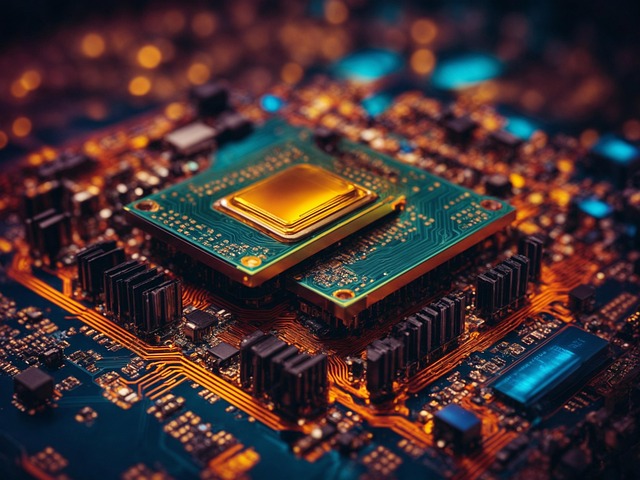How to Choose a Cloud GPU for Your Project - A Practical Guide
Guides

More and more companies and freelancers are realizing that cloud computing saves time, money, and hassle. But when it comes to using GPUs in the cloud, the big question arises: which GPU do you actually need? The right choice can save you thousands of shekels each month, while the wrong choice can leave you with weak performance or unnecessary costs.
In this article, we’ll break it down and explain how to choose the right cloud GPU for your project, with a focus on the newest cards on the market.
Before rushing to pick a card, you need to understand why you need it. Each field has different requirements:
AI and Machine LearningAI projects demand massive computing power and lots of memory (VRAM). This is where advanced cards like the NVIDIA H200 with ultra-fast HBM3e memory come into play, ideal for training large models. For projects at extreme scale, Blackwell architecture cards like the B200 or B300 are already the choice of major enterprises and cloud providers.
Graphics and SimulationsArchitecture firms, engineering companies, and design studios often work with tools like AutoCAD, Revit, or Maya. Here, you don’t necessarily need an AI GPU, but rather a professional graphics card. The NVIDIA L40S is now one of the leading solutions for real-time rendering and visualization, while also offering basic AI capabilities.
Video Processing and RenderingProduction houses and animation studios need cards that balance graphics power and cost. The L40S works well here too, and in some cases, high-end RTX cards can be sufficient.
General UseFreelancers and small businesses don’t have to start with the most expensive cards. Renting a mid-range GPU can deliver solid performance for most workloads, and only in larger projects is it worth moving up to more powerful hardware.
An AI startup in Tel Aviv used cloud servers with H200 GPUs to train a new Generative AI model. The high-speed memory cut training time by weeks.
An architecture firm in Jerusalem switched to L40S GPUs in the cloud. This allowed the entire team to collaborate on complex projects without investing in expensive workstations for each employee.
A global tech company working on massive-scale models chose servers with B200 and B300 GPUs. These new cards gave them the ability to run AI systems with hundreds of billions of parameters efficiently.
For short-term or one-off projects, it’s best to rent a powerful GPU (like the H200) only for the training period.
For day-to-day work with AutoCAD or simulations, the L40S is a great starting point, with the option to scale up as needed.
For enormous AI systems, B200 or B300 GPUs are the way to go—but they’re mainly suited for large organizations with big budgets.
There’s no longer a “one-size-fits-all” GPU. The right choice depends entirely on your needs: for heavy AI workloads, go for the H200 or B200/B300; for rendering and visualization, the L40S is ideal; and for smaller projects, more affordable options exist.
The biggest advantage of the cloud is flexibility—you can start small, pay only for what you use, and scale up when necessary. That way, you always get the right performance for your project without overspending on hardware you don’t actually need.